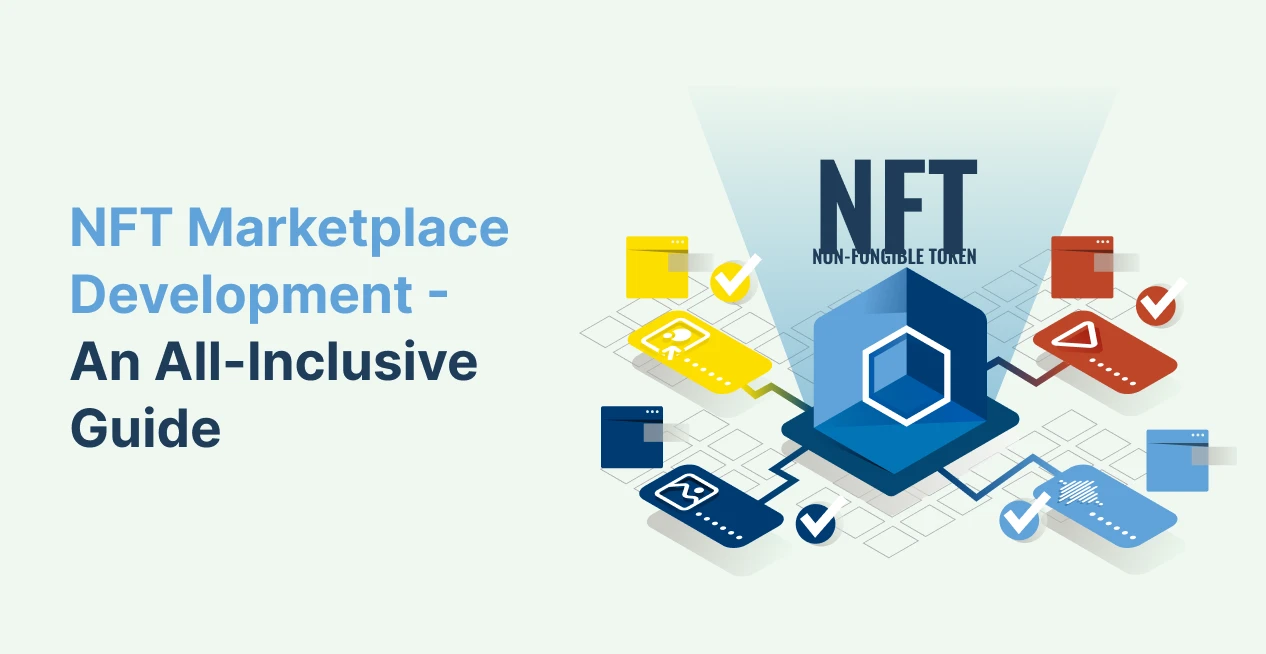Understanding the lifespan of an app and how to release it efficiently and successfully is a crucial subject for developers. The development initiatives are often mismanaged and can fail. Yet, development teams have access to several tools, known as continuous delivery tools, that can assist them in automating their procedures through continuous deployment.
Numerous tools available in the market can help with the various phases of continuous delivery. These cd tools are part of a delivery pipeline that allows for continuous delivery.
The software industry moves at a dizzying speed. What was once novel and cutting-edge is now commonplace and may be obsolete tomorrow. Organizations must adapt to not only survive but prosper in this highly competitive environment.
They’ve been embracing software development methods that rely on short development cycles and frequent deployments to production. To do so, you’ll need a highly efficient and automated software development process. That is why tools for continuous integration and delivery are so important.
5 Best Continuous Delivery Tools in DevOps
Below is the list of the best continuous delivery tools in DevOps –
1. Gradle

It is an open-source build tool most commonly related to the Java ecosystem, though it is not limited. It’s been named one of the top 20 open-source projects and utilized by a diverse group of developers working on various languages, platforms, and apps.
The Gradle ecosystem has a lot of plugins and integrations. This, paired with Gradle’s broad and expressive API, enables you to create and deploy an automation workflow that is more tailored to your company’s needs. Another of Gradle’s focuses is high performance. To make sure that your builds run quickly and reliably, the tool employs techniques like sophisticated caching and compile avoidance.
2. Jenkins

It is an open-source continuous delivery automation server. Python, Ruby, Java, Android, and C/C++ are among the languages it supports. Jenkins can be used as a stand-alone continuous integration server. It may be used to automate various operations, including software development, testing, delivery, and deployment.
This permits you to save time and optimize your development process. The top features of Jenkins cover integration with multiple CI/CD tools, speedy installation and configuration, distribution of work on various machines, get hosted internally, and are open-source.
3. BuildBot

BuildBot is a Python-based open-source platform for automating SDLC operations. The architecture of BuildBot is built on a coordinator-agent system. It consists of one or more coordinators, whose key responsibilities include controlling the operations of the agents and observing the codebase for modifications. Also, it manages a large number of agents who receive and perform jobs.
BuildBot’s setup necessitates Python configuration scripts to configure its coordinators. While this may make it more challenging to create than the other tools, it’s in line with BuildBot’s perspective, which claims that rather than being opinionated, CI tools must be flexible and permit customers to construct a system that fits their workflow.
4. Buddy

Buddy is a clever CI/CD tool that is used for web developers that aim to make DevOps more accessible. It builds, tests, and deploys applications using delivery pipelines. The pipelines are built using over 100 ready-to-use actions that can be arranged in any fashion, similar to a home built with bricks.
Buddy is a straightforward tool for automating development. Buddy automates the creation and delivery of web projects. You can quickly develop your release process from builds and tests through deployments. Buddy supports Node.js, Angular, Rails, Python, and a few other programming languages.
5. Ant

Apache Ant owes its existence to Apache TOMCAT. This program is used to automate the software development process. It is the greatest UNIX MAKE build tool replacement. It provided the best solution to all of the UNIX MAKE tool’s flaws.
Apache ANT is written in the Java programming language, making it ideal for running Java projects and platforms. The principle of ANT software is to operate a process using interdependent ‘target’ and ‘extension’ points. It has responsibilities for assembling, compiling, and testing built-in JAVA programs. It can also be used to create C and C++ apps.
Final Take on Continuous Delivery Tools
Continuous delivery is far more than a set of tools for development, testing, quality assurance, monitoring, and alerting. The array of continuous delivery technologies is based on a comprehensive approach to software development and IT management, rather than just software.
Continuous delivery is dependent on developers and IT professionals adopting a DevOps mentality and implementing collaborative workflows. There is no one-size-fits-all set of continuous delivery tools that everyone can use. Simply ensure that your team is equipped with a toolset that fosters optimal DevOps practices while also enhancing the collaborative nature of your company.








